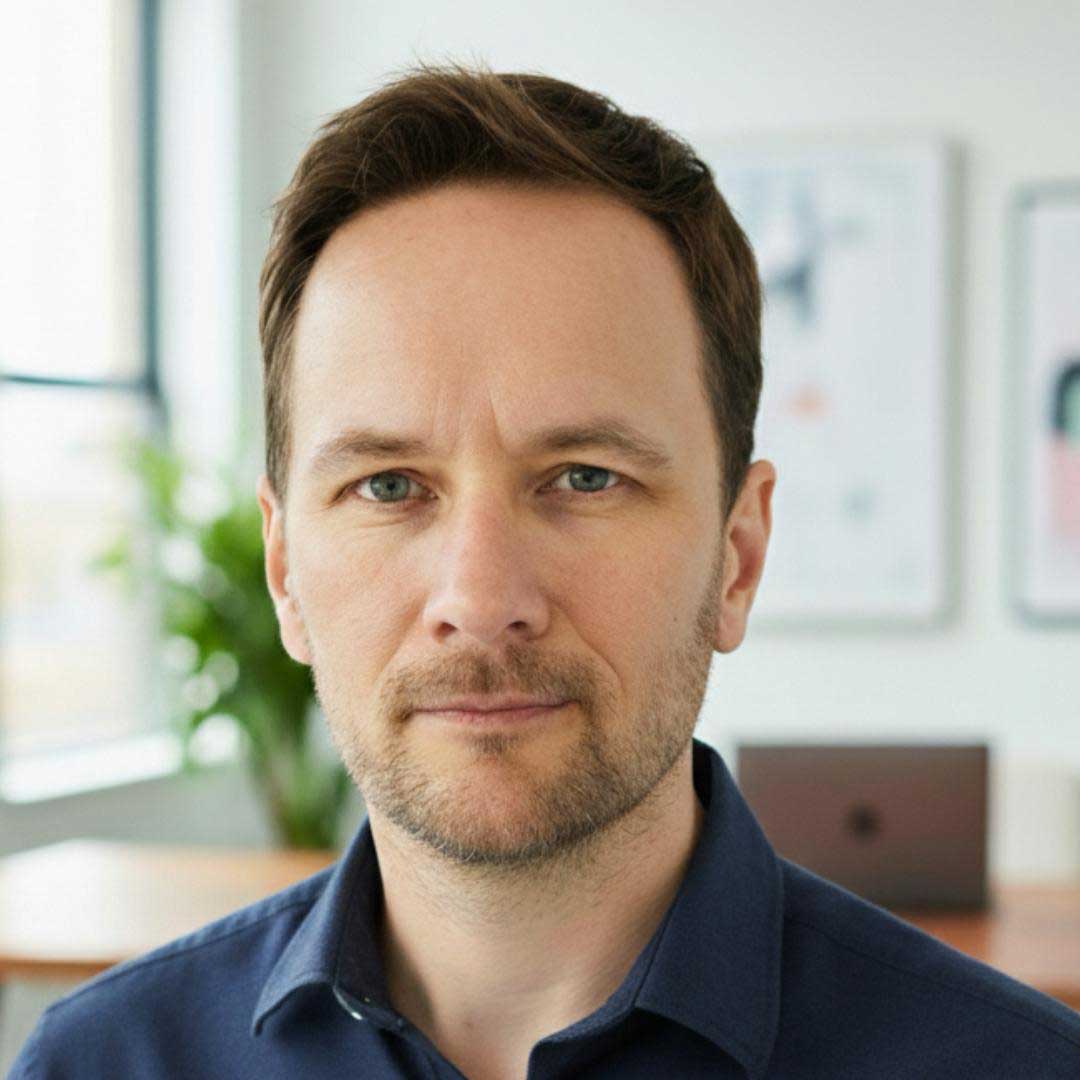In Part 1, I explained why Cathedral Thinking has become essential in our AI-saturated marketing world. The philosophy makes sense – but how do you build a digital cathedral?
After working with companies ranging from e-commerce startups to Fortune 500 finance firms, I’ve seen what separates the cathedral builders from the campaign chasers. It comes down to four evolved principles that turn the medieval metaphor into modern practice.
Cathedral thinking could be the strategy that not only helps you survive the AI disruption but also help you build competitive moats that get deeper every month. Here’s how they do it.
The Four Pillars of Digital Cathedral Thinking
Traditional cathedral thinking focused on long-term vision, patience, collaboration, and legacy. These principles still matter, but they need updating for our current reality.
Here's how each principle has evolved for the AI age:
1.
Systems-First Vision (Beyond Long-term Planning)
Medieval cathedral builders didn't just plan the final structure, they had to design systems for knowledge transfer, resource management, and quality control that would outlast any individual craftsman.
In digital marketing, this means building content systems, not just content. Instead of chasing individual campaigns, create frameworks that generate consistent value:
→ Knowledge systems that capture institutional learning.
→ Content architectures that serve multiple touch-points and use cases.
→ Data infrastructures that improve decision-making over time.
→ Process documentation that ensures quality regardless of team changes
Your long-term vision should include how you’ll maintain excellence as your team evolves and technology changes.
2.
Strategic Patience in an AI-Accelerated World
The speed of AI execution makes patience seem obsolete, but it's actually more critical than ever. While competitors rush to deploy AI-generated content at scale, strategic patience means:
→ Quality over quantity: Ensuring AI-generated content aligns with brand voice and truly serves your audience.
→ Human-AI collaboration: Using AI to amplify creativity, not replace judgment.
→ First-party data cultivation: Building direct audience relationships rather than relying on diminishing third-party data.
→ Platform independence: Creating owned media assets that aren’t hostage to algorithms.
The brands winning long-term are those that resist the temptation to automate everything and instead use AI strategically to strengthen the frameworks that last.
3.
Cross-Functional Orchestration (Evolution of Collaboration)
Modern marketing requires orchestration across more disciplines than ever. Whether inhouse or agency side, you can no longer be just a copywriter or designer. Going forward, whatever the discipline, it will be expect that you’ll have an understanding of model limits, privacy regulation, extracting insights, and balancing both brand and machine output.
AI literacy must spread across every role and not sit with a single “AI lead.” Organisations will be looking to build resilient teams where everyone understands how AI enhances their contribution, while still protecting the distinctly human judgment that creates lasting value.
4.
Antifragile Adaptability (Beyond Legacy Thinking)
Cathedrals were designed to be maintained, updated, and improved by future generations. Your digital strategy needs similar antifragile properties that get stronger under stress.This means:
→ Modular architectures that integrate new technologies without needing complete rebuilds
→ Diversified traffic sources that reduce dependence on any single platform.
→ Content that compounds, with each piece strengthening the whole.
→ Learning systems that improve through iteration and feedback.
Survival isn’t the goal. Disruption is. Because it’s disruption that makes us stronger, that drives growth, that fuels success.
The Four Pillars of Digital Cathedral Thinking At a Glance
Systems-First Vision → Build frameworks, not just campaigns
Strategic Patience→ Use AI to enhance quality, not flood quantity
Cross-Functional Orchestration → Spread AI literacy across all roles
Antifragile Adaptability → Design systems that strengthen under change
The Cathedral Advantage in the 2020s
Applying cathedral thinking to digital marketing has become a competitive necessity. While AI has made tactical execution accessible to everyone, it’s also created three critical gaps that cathedral thinking addresses:
The Authenticity Gap:
As AI-generated content floods the market, authentic brand voices stand out more, not less.
The Trust Gap:
With misinformation rampant, consistent and reliable content systems earn disproportionate trust.
The Depth Gap:
While competitors chase short-term wins, cathedral thinkers build compound advantages that become harder to replicate with every passing month.
Getting Started with Cathedral Thinking
Begin by auditing your current approach:
1. Vision Assessment:
Do you have systems designed to create value in 5–10 years, or just campaigns planned for next quarter?
2. AI Integration:
Are you using AI to enhance creativity, or replacing human judgment entirely?
3. Cross-functional Readiness:
Can your team adapt to new technologies without compromising quality?
4. Antifragile Design:
Would your strategy get stronger or weaker if a major platform disappeared tomorrow?
The Digital Cathedrals of Tomorrow
Just as medieval cathedrals inspire awe centuries later, the digital strategies built with cathedral thinking will create enduring advantages that outlast algorithm changes, platform shifts, and market disruptions.
I’m already seeing this in practice. One global retailer I’ve worked with has moved away from campaign-driven calendars and built a system that compounds every month: modular content assets reused across regions, documented AI workflows that survive staff changes, and a growing knowledge base that evolves with every campaign. It’s their digital cathedral — and unlike competitors who rewrite strategies each quarter, theirs will still be standing a decade from now.
Many believe the future belongs to those who stack AI tools and move fast. In reality, it belongs to those building digital cathedrals, anchored in systems that deepen with time, cultures that collaborate, and advantages that grow stronger with every cycle.
In an age of artificial intelligence, cathedral thinking remains our most human advantage: the ability to envision and build something greater than the sum of its parts.

Martin Jeffrey
Martin Jeffrey is the founder and strategic lead of Harton Works, a consultancy focused on Retrieval-First™ Marketing and AI-era visibility. With over 25 years of experience in digital strategy, he helps businesses adapt to the new rules of search, aligning SEO, content, and AI readiness to drive sustainable growth.
Related Posts
October 8, 2025
Retrieval-First™ Framework
Most businesses are rushing into AI—but only 1% have actually integrated it…
October 6, 2025
AI Search Trends 2025
As we reach Q4, three critical reports have emerged that collectively challenge…
September 2, 2025
The Cathedral Thinking Approach
In 2023, I wrote that the digital marketing world was obsessed with quick wins.…




